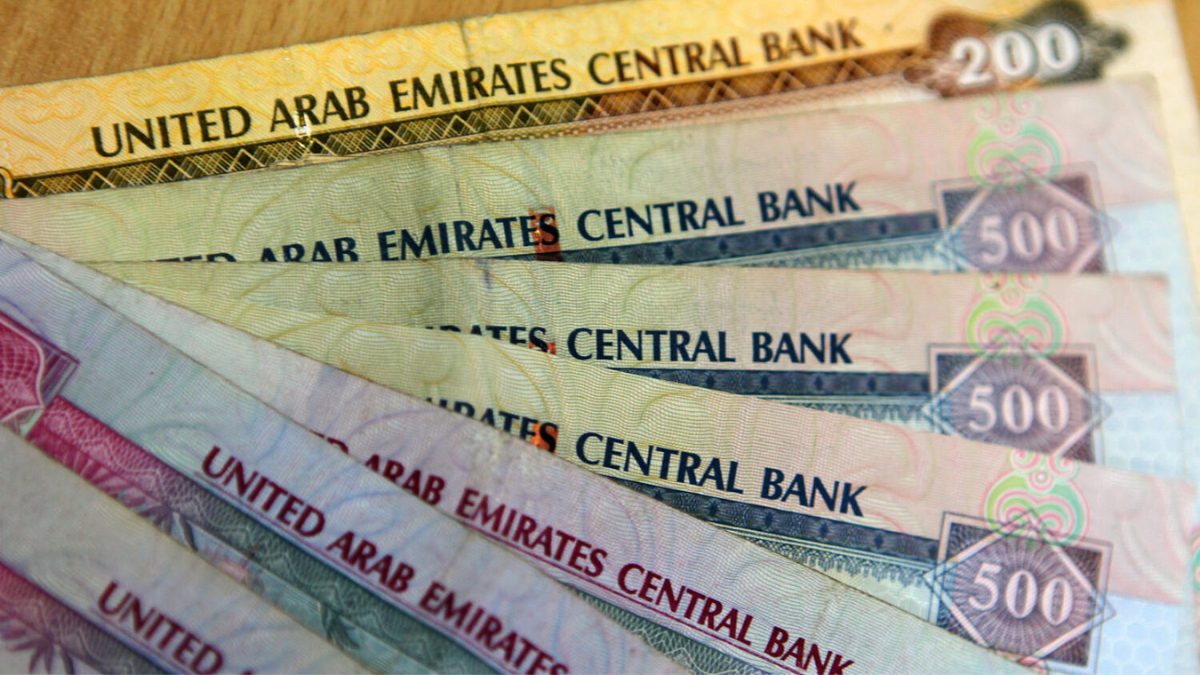The latest statistics from the Central Bank of the UAE (CBUAE) show that banks in the UAE held savings deposits worth Dhs268.6bn by the end of June 2023. This is an increase of 5.8% from the previous month.
The majority of these savings deposits, about 81.6%, were in the local currency, the UAE Dirham, while the remaining 18.4% were in foreign currencies.
Savings deposits in UAE banks have been growing steadily over the past few years. In 2018, these deposits stood at Dhs152bn and have since increased to Dhs 245.8 billion in 2022.
The CBUAE also reported a surge in its budget for the first half of the year, with a 32.15% increase compared to the same period in 2022.
The budget allocation included cash and bank balances, investments held until maturity, deposits, loans and advances, and other assets.
The four largest banks in the UAE – First Abu Dhabi Bank, Emirates NBD Bank, Abu Dhabi Commercial Bank, and Dubai Islamic Bank – reported a combined net profit of $7.4 billion in the first six months of 2023, up from $4.4 billion in the same period of 2022.
Moody’s Investors Service predicts that profitability will continue to increase due to high-interest rates, business activity, and steady provisions.
The UAE banking sector’s profitability has been driven by an increase in non-interest income and reduced impairment charges. The sector has also benefited from strong capitalization and the performance of the UAE tourism and real estate sectors.
Net interest income for UAE banks has surged 37% year-over-year, driven by low-cost current and savings accounts. Non-interest income has also increased, contributing to the overall operating profit of the banks.
ALSO READ: Saudi parents could face jail for kids’ absence from school
Loan-loss provisions have remained lower than the peak in 2020, and the banks have maintained strong capital buffers.
The report suggests that net profit will continue to grow, albeit at a slower pace, as high-interest rates and strong business momentum support income while balancing increasing operating costs.






















